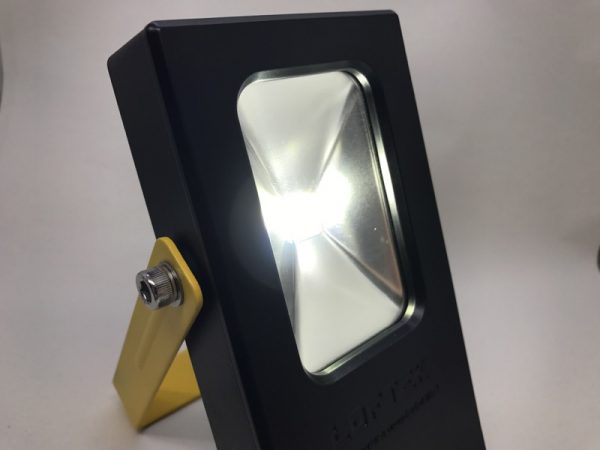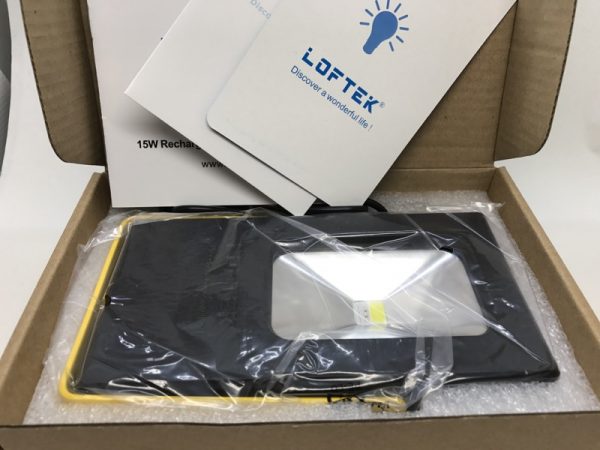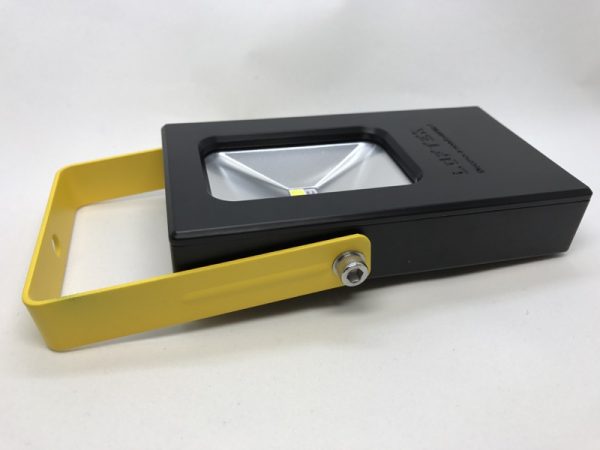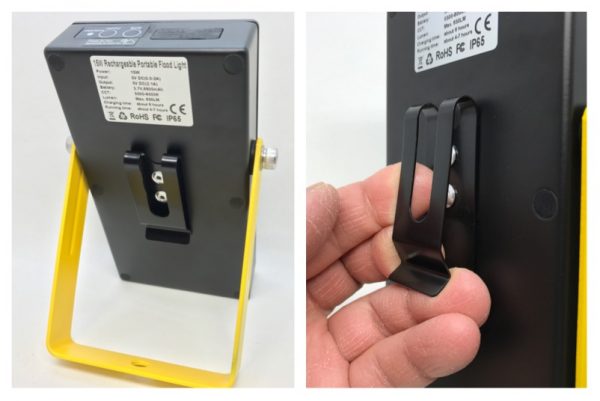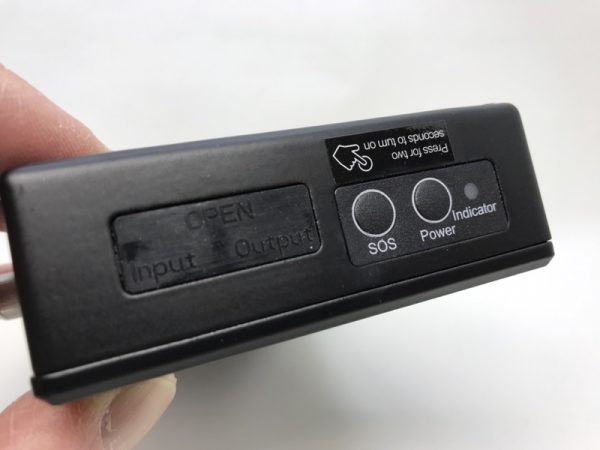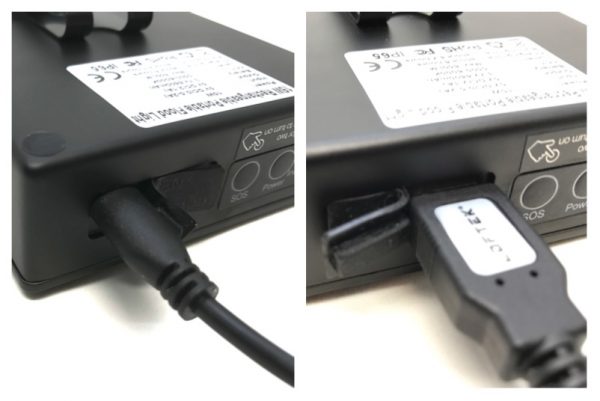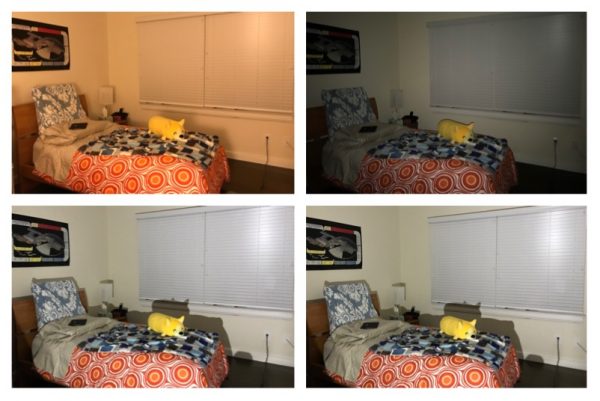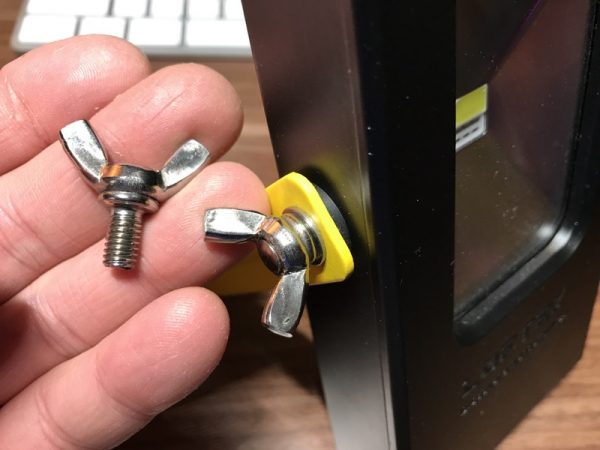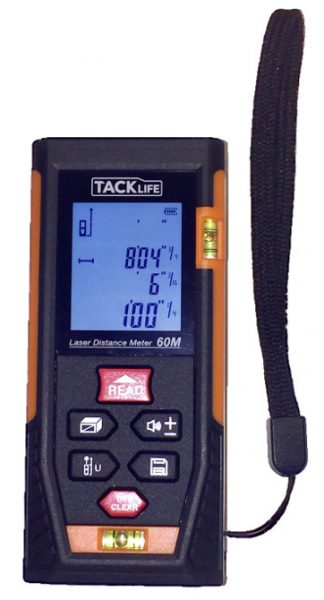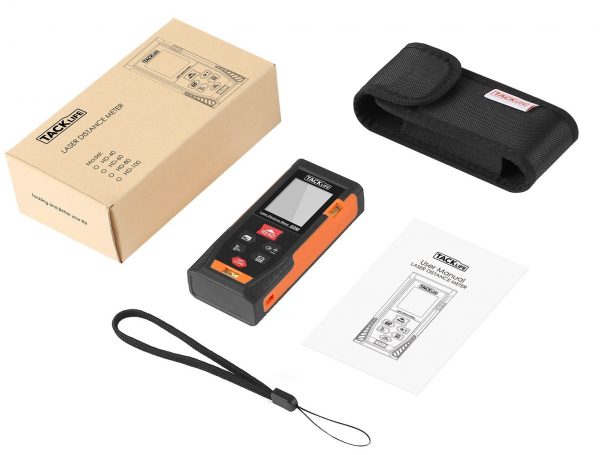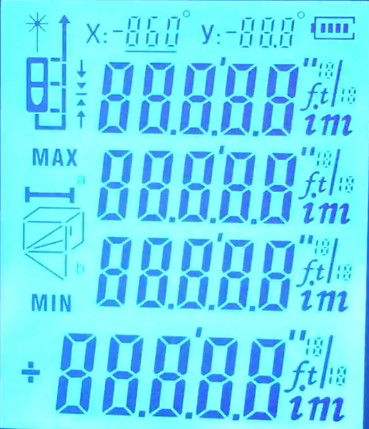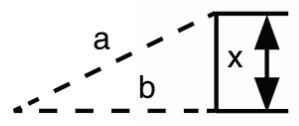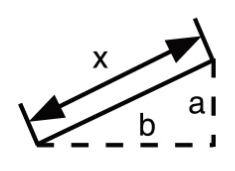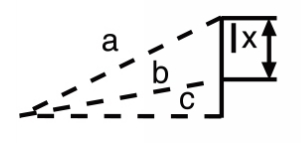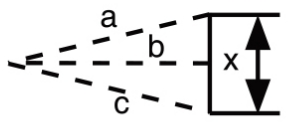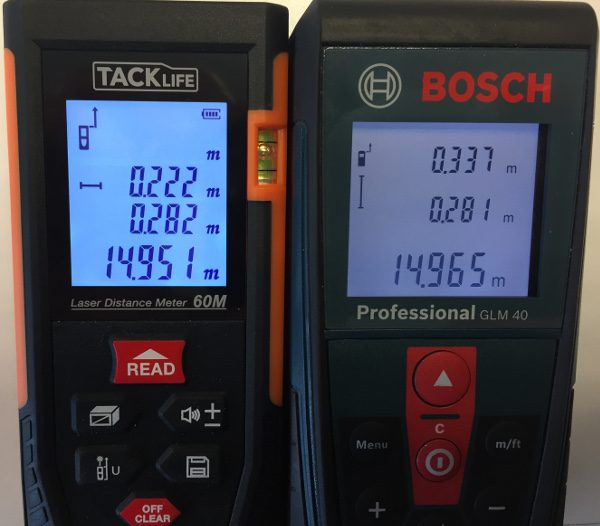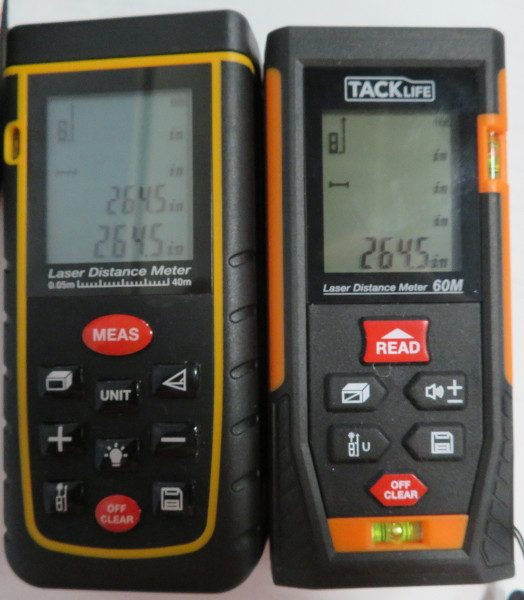Survival tools run the gamut from a pocket knife to axes and even beyond. I don’t know if there is any real definition of what a survival tool is, so I guess it comes down to what an individual would consider to be a survival tool. With that in mind Off Grid Tools has offered up for review their version of a survival tool, the Survival Axe Elite.
Note: Images can be clicked to view a larger size.
Although not all survival tools will have multiple useful features, to me the most effective ones will. The Survival Axe Elite delivers on the multiple use aspect being advertised as having 30 features. Now, just for clarification, features may not mean tools or uses depending on your definition. As you can see by the picture below from the Off Grid Tools website all the features are shown and listed.
Again, you would need to decide and define what you consider a feature.
I will break this review down by the axe head section and the handle section. Before I go too far into this review I want to address the “hatchet” in the room. I know some of you may look at the Survival Axe Elite and say, “isn’t that a hatchet?” And by many definitions, the tool could be considered a hatchet, but hatchets are also known as hand axes so by accepted terms the Survival Axe Elite is an axe.
The head of the axe contains the majority of the Survival Axe Elites tools the main two to me being the hatchet edge and the hammer head. Although the other tools can be useful, those two are the workhorses of this section of the tool. I don’t want to discount the other features here like the pry bar and gas valve shut off, or even the built-in sockets, but I consider those to be ancillary items.
The handle of the Survival Axe Elite covers the full tang of the axe. The rubberized 33% glass filled nylon handle has some interesting feature including a six-inch reciprocating saw blade and a hardened glass breaker.
There is a locking mechanism at the bottom of the axe that keeps the reciprocating blade lock in place when in and outside of the handle. I will say that when the blade is deployed the locking mechanism does not hold the blade locked in place on my Survival Axe Elite. The blade lock is low enough on the handle that it should not interfere with your use of the Survival Axe Elite.
I mentioned the glass breaker before, but the handle also has a seatbelt cutter built into it. Both would seem to function well, but I must admit I did not try out the glass breaker. As with the blade lock both of these items are low enough on the handle so they should not interfere with normal use.
I mainly tested the Survival Axe Elite by using the hatchet, hammer and saw blade. The hatchet blade is good for chopping, I wish that the blade was sharpened a little better, I believe this would make chopping wood easier. The hammer was also good at what it does, hammer. The grip was comfortable for both chopping and hammering. I did try out the nail puller and it also performed well. That brings me to the saw feature. First, let me say I love the fact that the saw feature is included on this tool, that being said I think the tool would benefit from a redesign of the locking mechanism. I am just scared that I will hit the back of the blade making it close on my fingers. The blade did cut well and the way the system is designed makes it a little more ergonomic when cutting.
So, what’s my bottom line here? The Off Grid Tools Survival Axe Elite is good. From what I did it functions well. The features have been well thought out but, I would honestly only use some of the features in an emergency (mainly the hex sockets). The build is solid and the materials seem to be first rate. The oxide coating has held up so far and will help protect the Survival Axe Elite while it waits to be used. Even with the minor issues I have had with this tool, I would still recommend it to someone that was looking for a tool of this type. The Survival Axe Elite is available on the Off Grid Tools website for $89.99.
Source: The sample for this review was provided by Off Grid Tools. Please visit their site for more info and Amazon to order one.
Product Information
| Price: | $89.99 |
| Manufacturer: | Off Grid Tools |
| Retailer: | Amazon |
| Pros: |
|
| Cons: |
|
Filed in categories: Reviews
Tagged: Outdoor Gear, Survival, Tools
Off Grid Tools Survival Axe Elite review originally appeared on on July 2, 2017 at 9:45 am.
Note: If you are subscribed to this feed through FeedBurner, please switch to our native feed URL http://the-gadgeteer.com/feed/ in order to ensure continuous delivery.





















